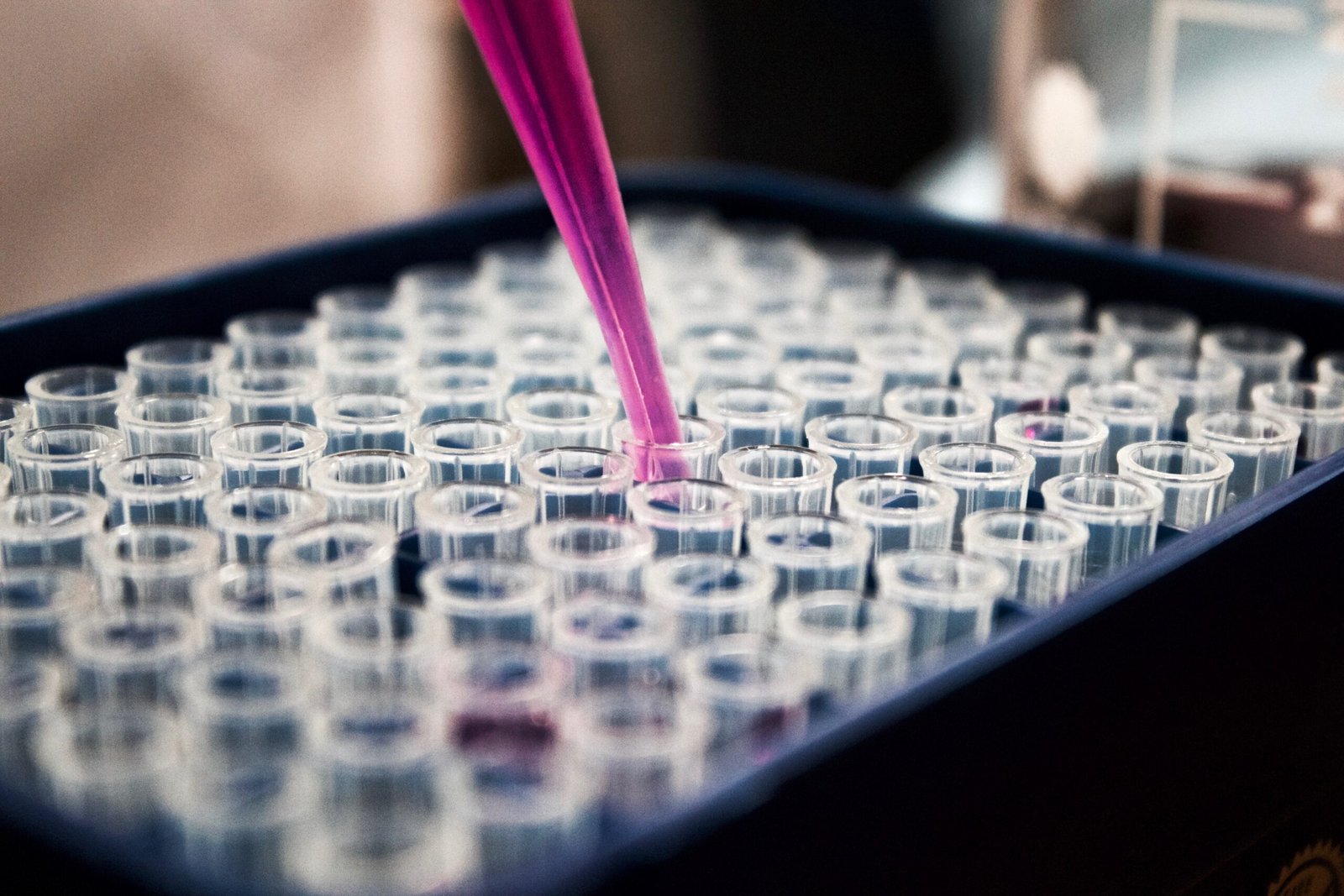Introduction
PCR, short for Polymerase Chain Reaction, is a powerful technique used in molecular biology to amplify specific DNA sequences. It revolutionized the field of genetics and has become an essential tool in various scientific disciplines, including forensic analysis, medical diagnostics, and genetic research.
The Basics of PCR
PCR is a three-step process that involves repeated cycles of heating, cooling, and DNA replication. It allows scientists to produce millions of copies of a specific DNA segment, even from a tiny sample.
The key components required for a PCR reaction are:
- A DNA template: The DNA sequence to be amplified.
- Primers: Short DNA sequences that bind to the target DNA and serve as starting points for DNA replication.
- DNA polymerase: An enzyme that synthesizes new DNA strands.
- Nucleotides: The building blocks of DNA.
- Buffer solution: Provides the optimal conditions for the PCR reaction.
The PCR Process
The PCR process consists of three main steps: denaturation, annealing, and extension. Let’s explore each step in detail:
1. Denaturation
The first step of PCR is denaturation, where the DNA template is heated to a high temperature (typically around 95°C). This causes the double-stranded DNA to separate into two single strands.
2. Annealing
After denaturation, the temperature is lowered to allow the primers to bind to the specific DNA sequence of interest. This step is called annealing. The primers are designed to be complementary to the target DNA, allowing them to bind at specific locations on the template.
3. Extension
Once the primers are bound, the temperature is raised to an optimal range for DNA polymerase activity (usually around 72°C). During the extension step, the DNA polymerase synthesizes new DNA strands by adding nucleotides to the primers. This process results in the amplification of the target DNA sequence.
These three steps (denaturation, annealing, and extension) are repeated for multiple cycles, typically 25-35 times, to achieve exponential amplification of the DNA target.
PCR Applications
PCR has a wide range of applications in various fields:
- Medical diagnostics: PCR is used to detect and diagnose genetic diseases, infectious diseases, and identify pathogens.
- Forensic analysis: PCR is utilized in DNA fingerprinting and crime scene investigations.
- Genetic research: PCR enables scientists to study gene expression, genetic mutations, and genetic variation.
- Environmental studies: PCR helps in the identification and monitoring of microorganisms in environmental samples.
Tips for Successful PCR
Performing a successful PCR requires careful attention to detail. Here are some tips to ensure optimal results:
- Use high-quality DNA templates to avoid contamination and false results.
- Design primers that are specific to the target DNA sequence and have balanced melting temperatures.
- Optimize the PCR conditions, including the temperature and duration of each step.
- Use appropriate positive and negative controls to validate the PCR reaction.
- Regularly maintain and calibrate the PCR machine to ensure accurate temperature control.
Conclusion
PCR is a fundamental technique in molecular biology that has revolutionized genetic research and diagnostics. By amplifying specific DNA sequences, PCR allows scientists to study and analyze DNA in various fields. Understanding the basics of PCR and following best practices can lead to successful and reliable results in the laboratory.







